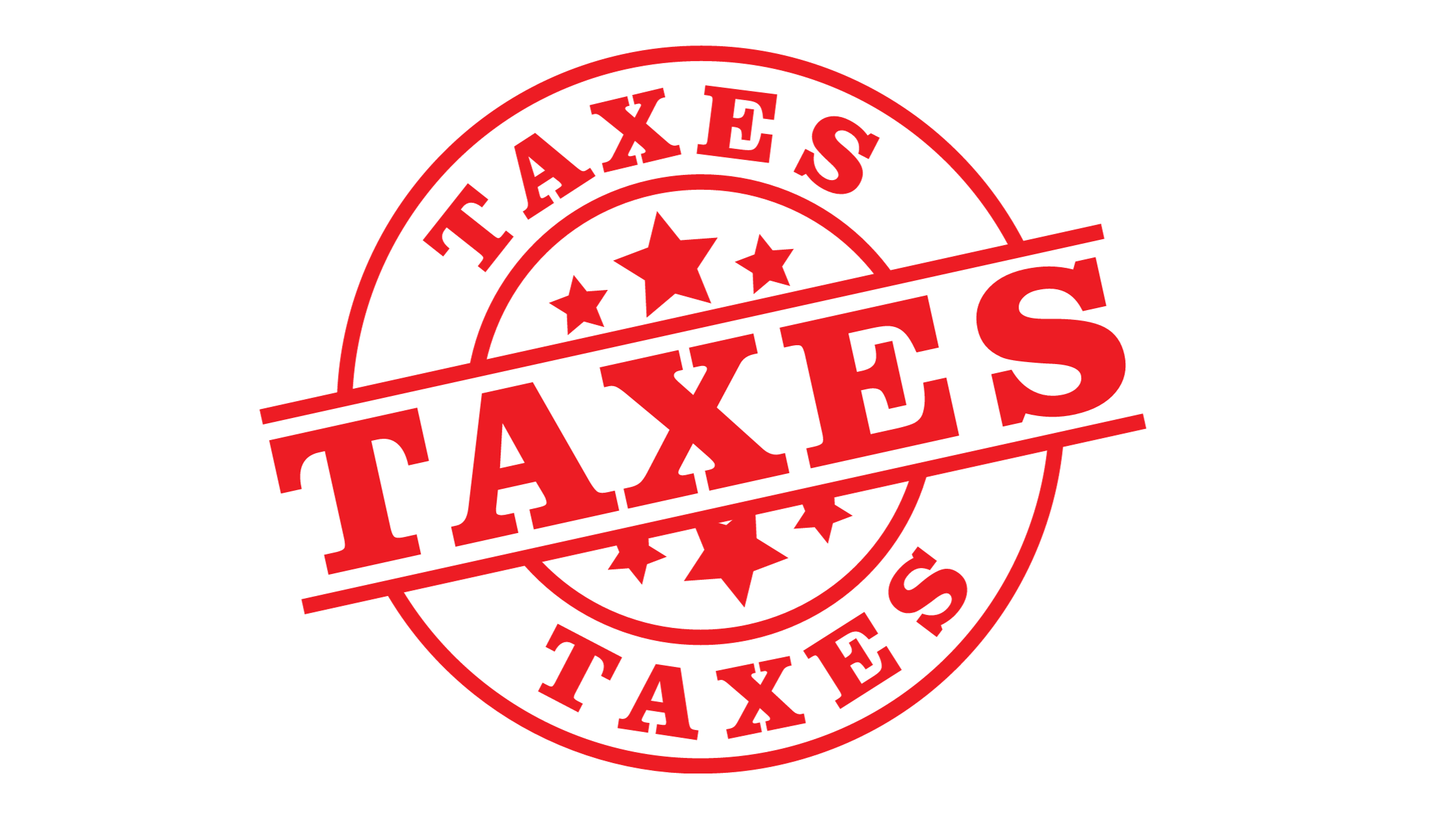The deadline for submitting the annual report for the financial year 2023 was June 30, 2024. The report must be submitted even if there was no economic activity during the year. Failing to submit by the deadline can result in fines ranging from 200 to 3200 euros for board members. The Business Register grants a 30-day period to correct any deficiencies. If your company's accounting is incomplete and the report is not submitted, it is crucial to act quickly and efficiently. Here is a step-by-step guide on how to prepare and submit the report within 30 days.
Step 1: Contact an Accounting Firm immediately
Find a reliable accounting firm experienced in preparing and submitting annual reports. Given the limited time, the service fee might be higher due to the intensive work required within a short period.
Questions to Ask the Accounting Firm:
- Can they start the work immediately?
- What are their fees and completion timeline?
- What information do they need?
Sign a Service Agreement: Signing an agreement is essential to ensure the service provider’s responsibilities and obligations are clear. This helps prevent misunderstandings and ensures the work is done professionally and on time.
Step 2: Gather necessary documents and data
Collect all the necessary financial documents and data that the accountant will need, which may include:
- Bank statements
- Invoices and receipts
- Contracts and other financial documents
Explain to the accountant that the work needs to be done quickly and accurately to avoid fines and negative public marks in the Business Register.
Step 3: Meeting with the Accountant
Contact the accountant to discuss the scope of work and timeline. Set clear goals and deadlines. It's essential to explain the volume of work and urgency so the accountant can plan resources accordingly.
Step 4: Provide access to the Accountant
Ensure the accountant has access to all necessary data and systems, including:
- Bank transactions and statements: Ensure the accountant has access to all bank accounts and transaction histories.
- Invoices and expense documents: All invoices, receipts, and other expense documents should be accessible, preferably in digital form.
- Accounting software access: If you use accounting software, ensure the accountant can access it to review and input data.
- Annual report submission system
- Tax authority access
Step 5: Data review and completion
The accountant will review and enter all data, ensuring accuracy and completeness. If additional information is needed, they will inform you. Accuracy is crucial as correcting errors takes additional time.
Step 6: Preparing the Annual Report
The accountant will prepare the annual report in accordance with the law. This includes:
- Balance sheet
- Income statement
- Notes and explanations
- Management report in collaboration with the board
The accounting firm’s task is to ensure the report's correctness and compliance with legal requirements.
Step 7: Review and approval of the Report
Review the prepared report with the accountant to ensure its accuracy and compliance. Board members must approve the report.
Step 8: Submitting the Report to the Business Register
Once approved, the accountant will submit the report to the Business Register. Ensure the submission is done electronically and on time.
The Business Register publicly displays if the report is not submitted, which can harm the company’s reputation. Therefore, it is crucial to submit the report promptly and accurately.
Step 9: Addressing issues
If the Business Register identifies deficiencies in the report, correct them within the given deadline. Work with the accountant to ensure all deficiencies are quickly addressed. The Business Register may provide an additional deadline for correcting deficiencies.
Step 10: Monitor deadline compliance
Ensure all necessary actions are taken according to the schedule and the report is submitted before the deadline.
How to avoid similar problems in the future?
- Plan Ahead: Start organizing your accounting early. The earlier you start, the less stress and greater the chances of submitting an accurate report.
- Use Accounting Software: This helps keep data organized and easily accessible. Software also allows continuous monitoring of the company's financial condition.
- Regular Review: Check your financial status regularly, not just at the end of the financial year. This reduces the workload during report submission and helps prevent problems.
By following these steps, you can ensure that the annual report is prepared and submitted on time, avoiding fines and other sanctions, and maintaining the company's reputation.






